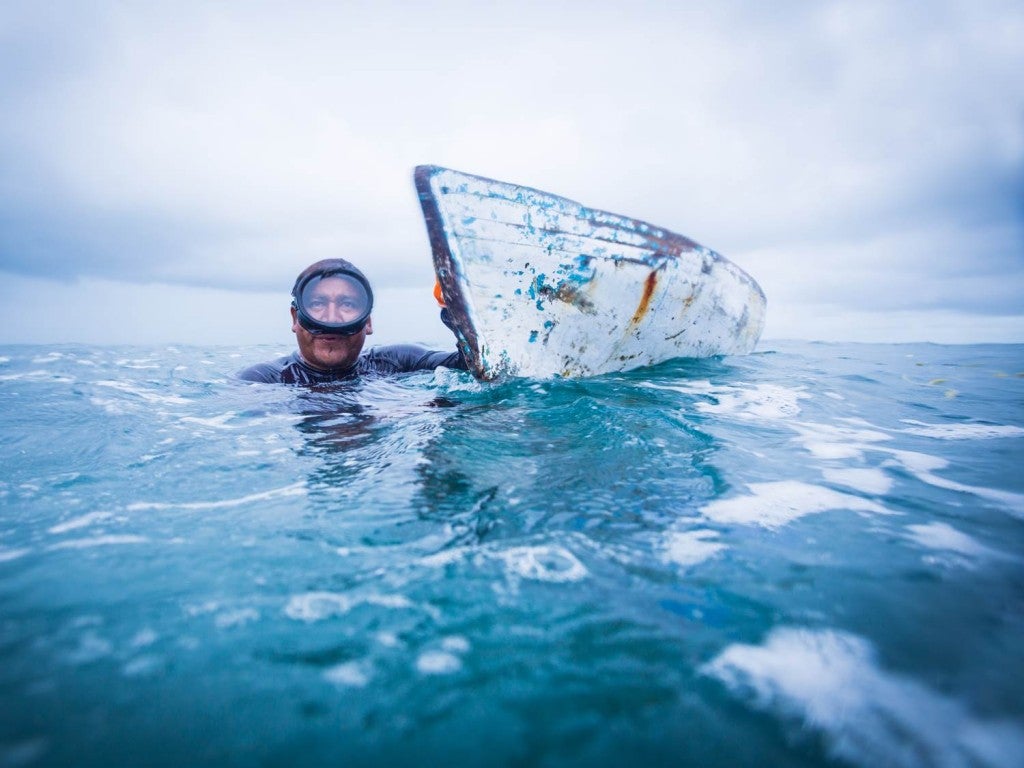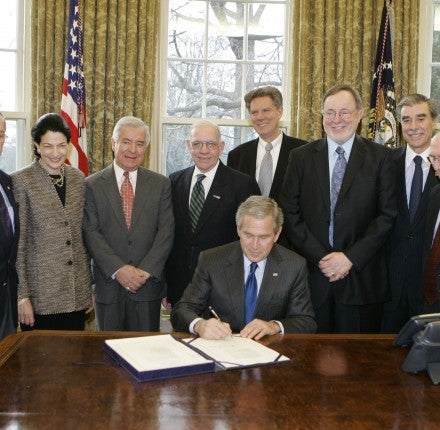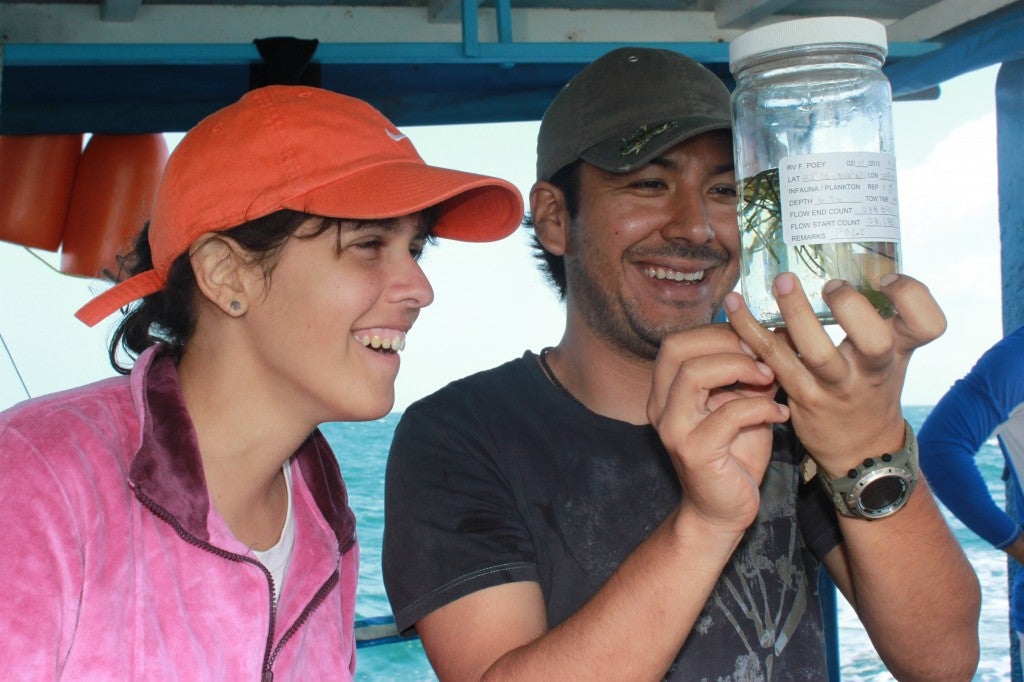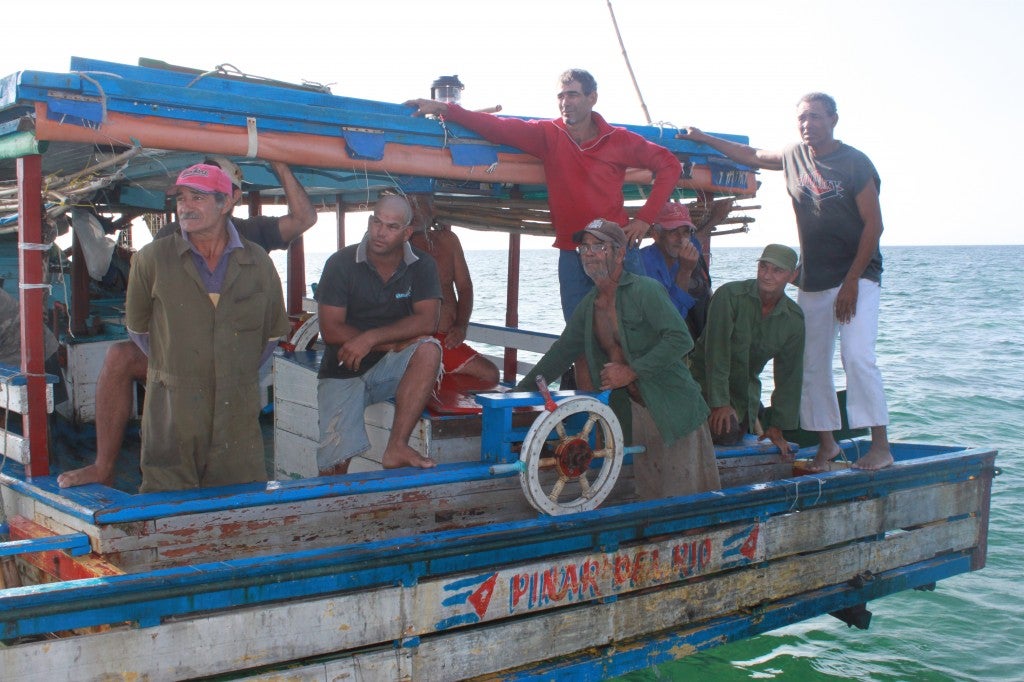
Gardens of the Queen, Cuba. Photo: Noel Lopez Fernandez
By: Kendra Karr & Rod Fujita
There is a general consensus that transitioning to ecosystem-based fisheries management will result in better outcomes for both marine ecosystems and the people who depend on them. But what exactly does that mean, and how exactly can fisheries management get there?
Ecosystem-based fisheries management has been thoroughly debated and there are many aspects to it. But one thing seems clear. When developing conservation and management goals, the entire ecosystem should be considered rather than just an individual fish population.
To actually achieve such goals, scientists and managers would need to quantify fishing targets and limits and then take actions intended to maintain fisheries and the ecosystem within a “safe operating space” associated with the maintenance of a variety of ecosystem goods and services. In our new publication, we have moved one step closer to identifying these fishing targets and limits for management in multi-species fisheries in coral reefs. Read More













